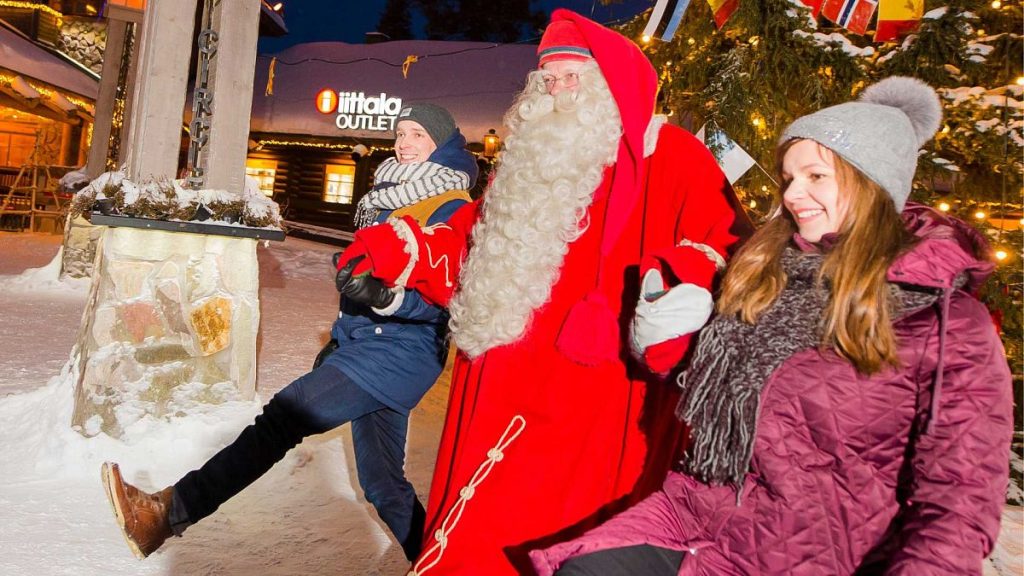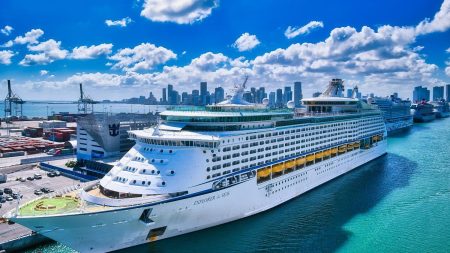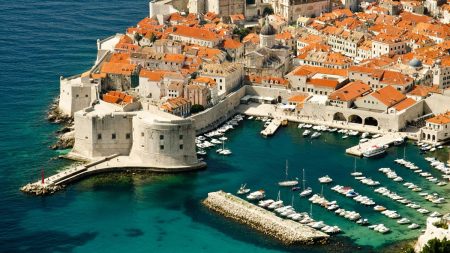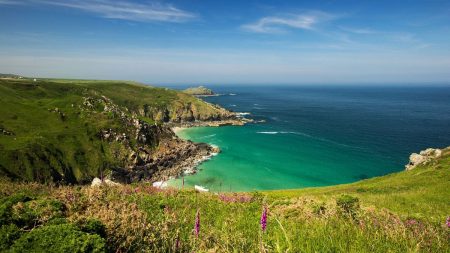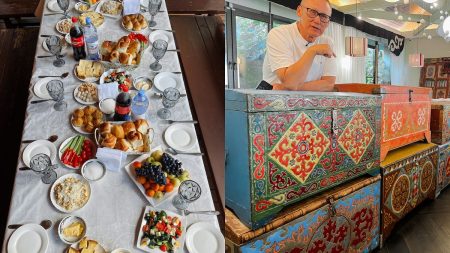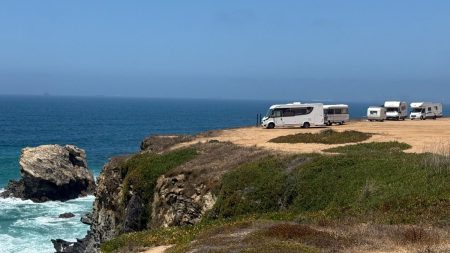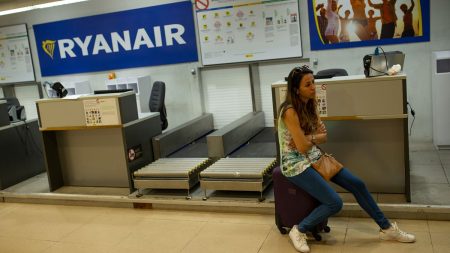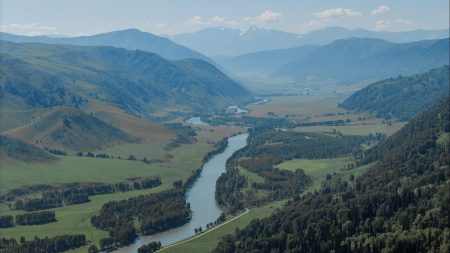The allure of the Arctic Circle, specifically Rovaniemi, the self-proclaimed “official hometown of Santa Claus,” has captivated the imaginations of travelers worldwide. The Santa Claus Village, a whimsical winter wonderland, draws over 600,000 visitors annually, with numbers peaking during the holiday season. Tourists relish the opportunity to experience a real-life winter fairytale, complete with reindeer sleigh rides, ice bars, and a chance to meet Santa Claus himself. This influx of visitors has brought significant economic benefits to the region, bolstering local businesses and providing a substantial boost to the city’s coffers.
However, the escalating popularity of Rovaniemi as a tourist destination has triggered a wave of concern among residents, mirroring a growing trend of “overtourism” seen in other popular European destinations. The city’s population swells to ten times its normal size during the Christmas season, placing immense strain on local resources and infrastructure. The rapid growth of tourism, largely unchecked in recent years, has sparked anxieties about the long-term sustainability of this model. Residents worry about the displacement of long-term residents due to the conversion of residential properties into short-term rentals, the escalating cost of living fueled by the tourism boom, and the transformation of their city center into a transient space catering primarily to visitors.
This sentiment of discontent echoes the concerns expressed in cities like Barcelona, Amsterdam, Malaga, and Florence, where residents have increasingly voiced their frustrations with the negative impacts of overtourism. From vandalized sunbeds in Tenerife to defaced lockboxes in Seville, the resentment towards unchecked tourism growth has manifested in various forms of protest. The core issue is that the benefits of tourism, primarily economic, eventually become overshadowed by the detrimental effects on the local community, including the degradation of historical sites, overburdened infrastructure, and a diminished quality of life for residents.
Rovaniemi, having experienced a record 1.2 million overnight stays in 2023, a substantial increase from the previous year, exemplifies this phenomenon. The “Nordic trend” in travel, fueled by the desire to witness the Northern Lights, experience snowy landscapes, and immerse oneself in the magic of Christmas, has propelled Rovaniemi into the spotlight. The increased accessibility with thirteen new flight routes connecting the city to various European destinations has further fueled this surge in visitor numbers. While the city’s tourism sector celebrates this growth, with hotels expecting record-breaking numbers in the coming years, the concerns of local residents remain largely unaddressed.
The heart of the issue lies in the shortage of available housing for locals. The proliferation of short-term rentals, particularly during peak season, has driven up rental prices, forcing many residents to seek accommodation elsewhere. Critics argue that many apartment buildings in the city center have been effectively converted into tourist accommodations, violating Finnish law that prohibits professional accommodation services in residential buildings. Campaigners are urging authorities to enforce existing regulations to address this issue and protect the rights of residents.
While the mayor acknowledges the financial benefits some residents derive from short-term rentals, the underlying tension between the economic advantages of tourism and the well-being of the local community persists. With stricter regulations unlikely to be implemented in the near future, Rovaniemi faces the challenge of balancing its burgeoning tourism industry with the needs and concerns of its residents. The continued influx of visitors seeking the unique Arctic Christmas experience seems inevitable, placing increasing pressure on the city to find sustainable solutions that benefit both its economy and its community.




